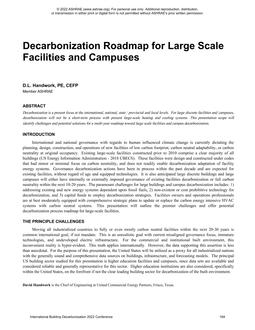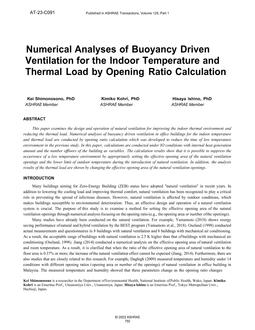
C019 — The Importance of Brick Masonry Hygrothermal Properties on Simulation Results to Assess the Risk to Mold Growth of Brick Veneer Clad Wood-Frame Walls
Click here to purchase
Saturation water content and liquid diffusivity of brick masonry are two important hygrothermal properties that influence the accuracy of hygrothermal simulation results when undertaking simulations of brick veneer clad wood-frame walls. However, these two parameters are subject to large uncertainties that could lead to significant variations in simulation results, and as such, affect the reliability of results for risk assessment of moisture damage. The objectives of this paper are to: identify the systematic measurement uncertainties of the saturation water content of brick masonry caused by different methods used to saturate specimens and; modeling uncertainties for values of liquid diffusivity as arise through the aforementioned measurement uncertainties for the saturation water content of masonry products. Firstly, in this paper, the basic material properties derived from measurement of bricks during the NRC/IRC MEWS project (1998-2002) are summarized. The capillary saturation water content of the bricks from the MEWS project were estimated through a machine learning approach based on the data of similar bricks measured from another material database, which defines capillary saturation as the moisture content at the end of first wetting stage. The estimated capillary saturation water contents were used to calculate the liquid diffusivities and compared with those provided from the MEWS project work. Thereafter, hygrothermal simulations were performed for brick veneer clad wood-frame walls using WUFI Pro 6.5, with default property values in WUFI, capillary saturation water contents and liquid diffusivities provided from the MEWS project, and estimated capillary saturations and corresponding liquid diffusivities. It was found that when performing mold growth risk assessments, using hygrothermal simulation models based on the estimated capillary saturation water contents and related liquid diffusivities led to a conclusive difference in results as compared to those using simulations based on information taken from the MEWS project and those in WUFI.
Product Details
- Published:
- 2022
- Number of Pages:
- 10
- Units of Measure:
- Dual
- Product Code(s):
- DBldgsXV-C019

